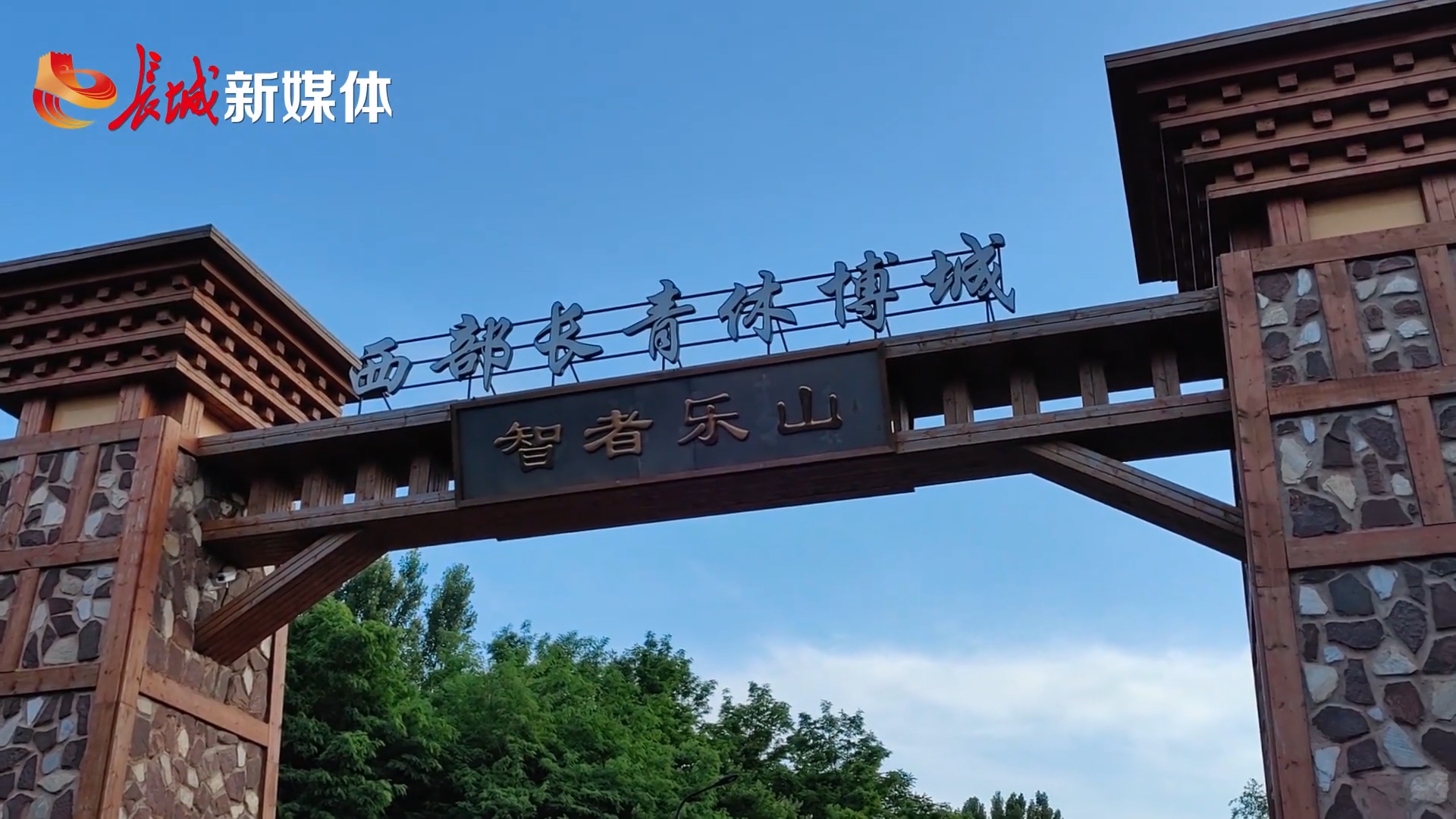China has solidified its leadership in the global shield tunneling machine market in terms of ownership, annual production, and tunnel construction mileage, according to experts taking part in the World Tunnel Congress 2024 (WTC 2024), which was recently held in Shenzhen, south China's Guangdong Province.
Currently, seven out of every 10 shield tunneling machines in the world come from China, and 95 percent of those used domestically are Chinese-made, an expert said at the WTC 2024.
Yan Jinxiu, the former president of International Tunneling Association and chief expert of China Academy of Railway Sciences Corporation Limited, stated, “China has around 5,000 shield tunneling machines, ranking first in the world.” China’s robust production capability for shield tunneling machines not only meets domestic needs but also caters to significant demand in European and American markets.
China’s innovation in this field has made its way to the world and extends to eco-friendly shield tunneling machines, intelligent welding machines, and intelligent tunnel inspection vehicles, among other new Chinese-made tunneling equipment.
Last year, China launched the world’s first green shield tunneling machine. Equipped with intelligent control and green and energy-saving technologies, the machine saves about 20 percent of energy and reduces the time by two-thirds for switching between soft soil and hard rock excavation modes compared to conventional shield tunneling machines, said Han Bo, engineer of China Railway Engineering Equipment Group Co., Ltd.
This green machine is currently being assembled locally and will be used for the construction of tunnels along a high-speed railway in Sicily, Italy, according to Han, showcasing China’s contribution to international infrastructure projects.
In addition to tunneling equipment, China's advanced technologies, tunneling expertise and talent, and integrated management systems for tunnel construction have also gained global recognition.
In recent years, Chinese companies have been instrumental in constructing significant tunnels worldwide, including Central Asia's longest railway tunnel - the Qamchiq Tunnel in Uzbekistan, the Machu Picchu road tunnel in Peru, and the Gudauri road tunnel on Georgia's North-South Corridor. These projects exemplify how Chinese tunneling technology and solutions are shaping infrastructure development across various regions.
Editor: Zheng Bai






